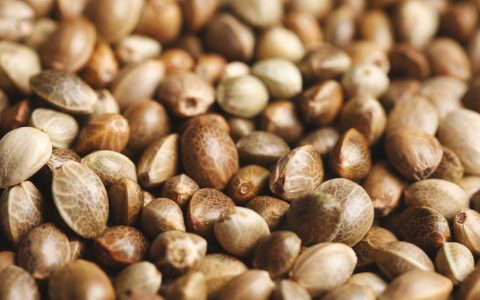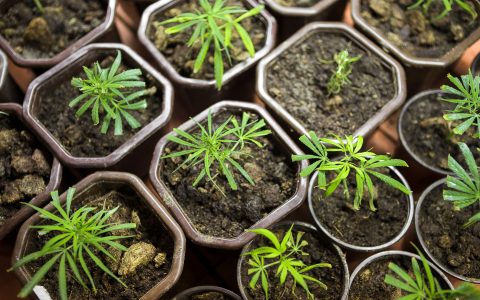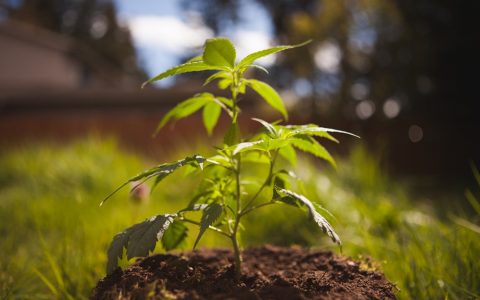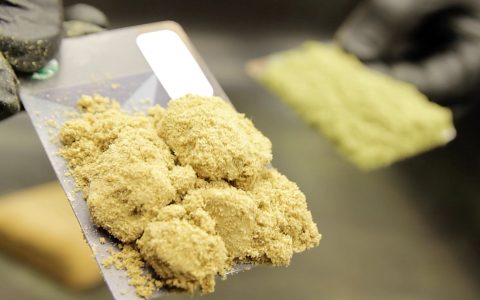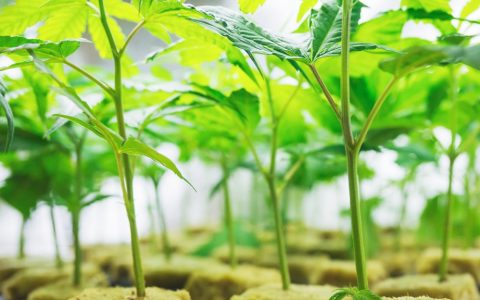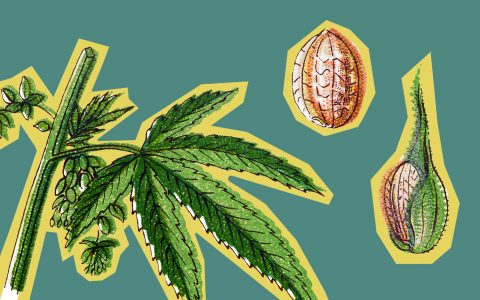Sometimes a grower has to move on from a certain strain. Maybe you’ve been growing the same strain for a long time and it no longer makes as much money as it used to, or maybe you just want to mix it up and start growing something else and don’t have the space for it.
It can be bittersweet saying goodbye to old genetics, but sometimes it’s unavoidable. You can take clones or keep a mother plant, but those aren’t ideal because they require a lot of care and maintenance, especially if they aren’t producing flower.
Fortunately, preserving genetics for long-term storage is easy and will save time, money, and space in the long run. Through seed and pollen collection, you can hang onto those genetics that you can’t fully get rid of and safely store them for future use.
The Benefits of Long-Term Storage
Cannabis genetics are often sourced from external companies and organizations such as nurseries and seed banks. For the individual grower, saving seeds and pollen removes this reliance on external companies. This is especially true with pollen, as very few (if any) companies offer pollen to the public.
Saving space is a big reason to consider long-term storage of seeds and pollen. Mother plants lay dormant in a vegetative state and take up lots of space. Maintaining this extra space is time-consuming and takes extra resources like water, soil, nutrients, light, and other costly elements, all for something that doesn’t produce flower. Even keeping clones of an old strain around will take up space and resources.
A grower or breeder can also freeze the progress of a breeding project for months or years without losing any of the long, hard work. Endeavors such as phenotype hunting and maintaining desired mothers for breeding and cloning can all be saved for later through genetic preservation. This process is like backing up work on a hard drive.
How to Collect Seeds
Cannabis is for the most part dioecious, meaning that the male and female reproductive organs exist on two separate plants (although hermaphroditic plants do occur). It is also a wind-pollinated plant, so pollen must be transferred from a male stamen to a female pistil via the air in order for pollination to occur and seeds to form.
A female cannabis plant that has received pollen from a male will produce many seeds over the course of its maturation cycle. Upon senescence, when the female plant is fully mature and ready for harvest, its seeds will be ready for stratification and collection.
To collect seeds, it’s important to wait until they are fully mature and ready for harvest. Cannabis with seeds takes longer to mature than cannabis that only produces flower.
To tell if a seed is mature, take a look at its shape and color. Premature seeds will be small and light in color, taking on a beige hue. Fully mature cannabis seeds are more full in shape and size and have a much darker brown hue, sometimes accented by black tiger stripes.
Deseeding cannabis can be done by hand or machine. This process typically takes place after the plant has been dried for one to two weeks after harvest. This way, seeds will have reached their maximum maturity and plant material will be brittle enough to break apart with minimal effort.
When collecting seed by hand, use a fine screen to help catch trichomes that will break off during the process. This material is valuable and it would be a shame to waste.
To release the seeds, simply break up the dried buds over a screen and they will fall out. You can release the seeds en masse by rubbing the flower between your fingers and lightly breaking it apart.
Separate or sift seeds over the screen to remove any unwanted plant matter from the seeds themselves. Brush off the seeds—they should be completely free of any remaining plant material such as leaves, stem, or trichomes, as these elements put seeds at a higher risk for contamination and spoilage during long-term storage.
Collecting Pollen
Male cannabis plants will produce pollen several weeks into their flowering cycle. Once their pollen sacs have opened up and released, the plant will begin to senesce and eventually die. It is important to collect pollen right as the sacs are beginning to open up, as this is the time pollen is most viable.
The best way to harvest pollen for storage is to remove an entire male flower cluster and place it in a sealed storage container for several days. After the cluster has dried, place it over a micron screen with parchment or wax paper underneath, and give it a light shake. This will allow the pollen to separate from any remaining plant matter and fall through the screen and onto the wax paper.
Moisture is a death sentence for pollen viability. Because of this, many breeders opt to mix flour into their pollen at a ratio of 4:1 (flour to pollen) when storing it long-term. This additional step will help keep pollen dry for a longer period of time.
Seed and Pollen Storage
Long-term storage requirements for seeds and pollen are similar. Both require cool, dark, dry, and oxygen-deprived environments for optimal preservation.
When storing seeds, place them in an air-sealed container that doesn’t have any light leaks. Film canisters, medicine bottles (non-translucent), and any sealable storage jar will work fine. The idea is to reduce the amount of oxygen present in the storage space as much as possible. You can also add uncooked rice to the storage container, which acts as an absorbent, to reduce moisture content.
For a cool environment, store seeds in either the refrigerator or freezer. Seeds need a consistent temperature without fluctuation to remain dormant long-term.
As mentioned above, the best way to reduce moisture in pollen is to mix it with flour. For long-term storage, it can be kept in a sealed vial or freezer bag. You can keep it in the refrigerator or freezer, though for optimal long-term storage, the colder the better.
The Shelf Life of Seeds and Pollen
You can expect cannabis seeds that have been sealed and properly stored to last for several years, and in many cases, longer. Seeds may be dormant, but they are still alive. Over enough time, they will lose their viability.
It’s important to continually practice germination testing to be sure your stored seeds haven’t lost all viability. To test this, periodically plant a seed and document its ability to germinate.
Fresh seeds should have a germination rate close to a 100%, whereas older seeds will see a significant drop off over time in their ability to germinate.
Out in the open, pollen may be viable for one or two weeks under normal conditions. However, when frozen and sealed, it can last up to a year and even longer. Pollen is more unstable than seed and even under the most optimal conditions, it isn’t expected to have as long of a shelf life.
For both seeds and pollen that have been frozen long-term, it’s important to avoid defrosting until they are ready to be used. Fluctuations in temperature and moisture content will quickly destroy their viability, so maintain a steady temperature for as long as possible. Warming and freezing multiple times isn’t good.
When it comes time to use frozen seeds, remove them from their container and let them sit out on a dry surface for several hours. Letting the seeds reach room temperature will help ensure a successful germination.
Pollen should also be placed at room temperature before using. Since pollen can be much messier to handle, it’s best to carefully transfer a sample from its long-term storage container to a fresh container before using it to pollinate a plant. This way, you don’t have to use all of the pollen and saved pollen can go back in the freezer with minimal exposure to warm air.


